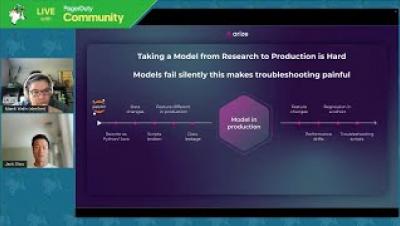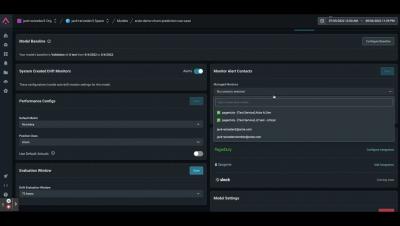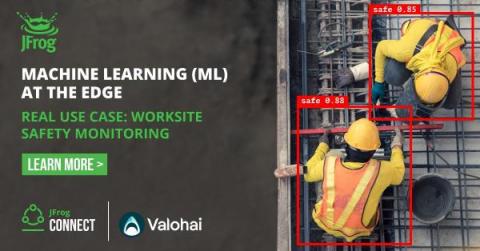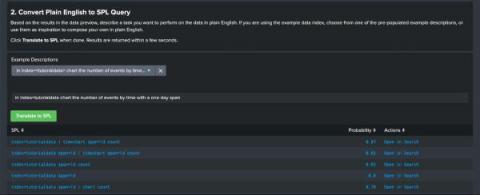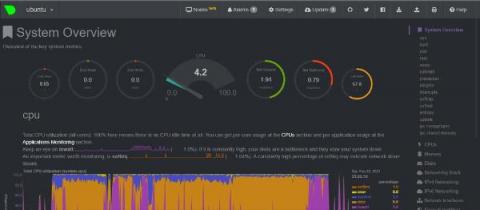Operations | Monitoring | ITSM | DevOps | Cloud
Machine Learning
Using Grafana and machine learning to analyze microscopy images: Inside Theia Scientific's work
At GrafanaCONline 2022, Theia Scientific President, Managing Member, and Lead Developer Chris Field and Volkov Labs founder and CEO Mikhail Volkov — a Grafana expert — delivered a presentation about using Grafana and machine learning for real-time microscopy image analysis. Real-time microscopy image analysis involves capturing images on a microscope using a digital device such as a PC, iPad, or camera.
Machine Learning At The Forefront Of Telemental Health
Michael Stefferson received his PhD in Physics from the University of Colorado before deciding to make the jump into machine learning (ML). He spent the last several years as a Machine Learning Engineer at Manifold, where he first started working on projects in the healthcare industry. Recently, Stefferson joined the team at Cerebral as a Staff Machine Learning Engineer and hopes to leverage data to make clinical improvements for patients that will improve their lives in meaningful ways.
Arize integration with PagerDuty
AI vs. Machine Learning vs. Deep Learning vs. Neural Networks: What's the Difference?
Continuous Training and Deployment for Machine Learning (ML) at the Edge
Machine Learning at Splunk in Just a Few Clicks
The Machine Learning team at Splunk has been hard at work over the last several months preparing for a few exciting launches at.conf22, held just a few weeks ago. Splunk customers want to leverage machine learning (ML) in their environments, but many aren’t sure how to use it, or even how to get started.
Machine Learning: Definition, Methods & Examples
Here's how Machine Learning puts the 'personal' in ecommerce personalization
You can transform your search box into your sales rep—when you have the right tools. An impactful customer experience that drives purchases and loyalty isn't just about delivering what a customer says they want — it's about predicting and proactively serving up what they need. We might be able to imagine this work in a store with salespeople. But as organizations scale and customer interactions happen across digital and in-person mediums, their data grows.
Monitoring Ubuntu 20.04 and Activating ML with Netdata
Sometimes a hat is just a hat, the truth is just the truth, and the clearly most popular example of a category is plain to see. In this case, Ubuntu is the most popular Linux distribution currently available. With the operating system’s superior popularity also comes an amazing amount of community support.


